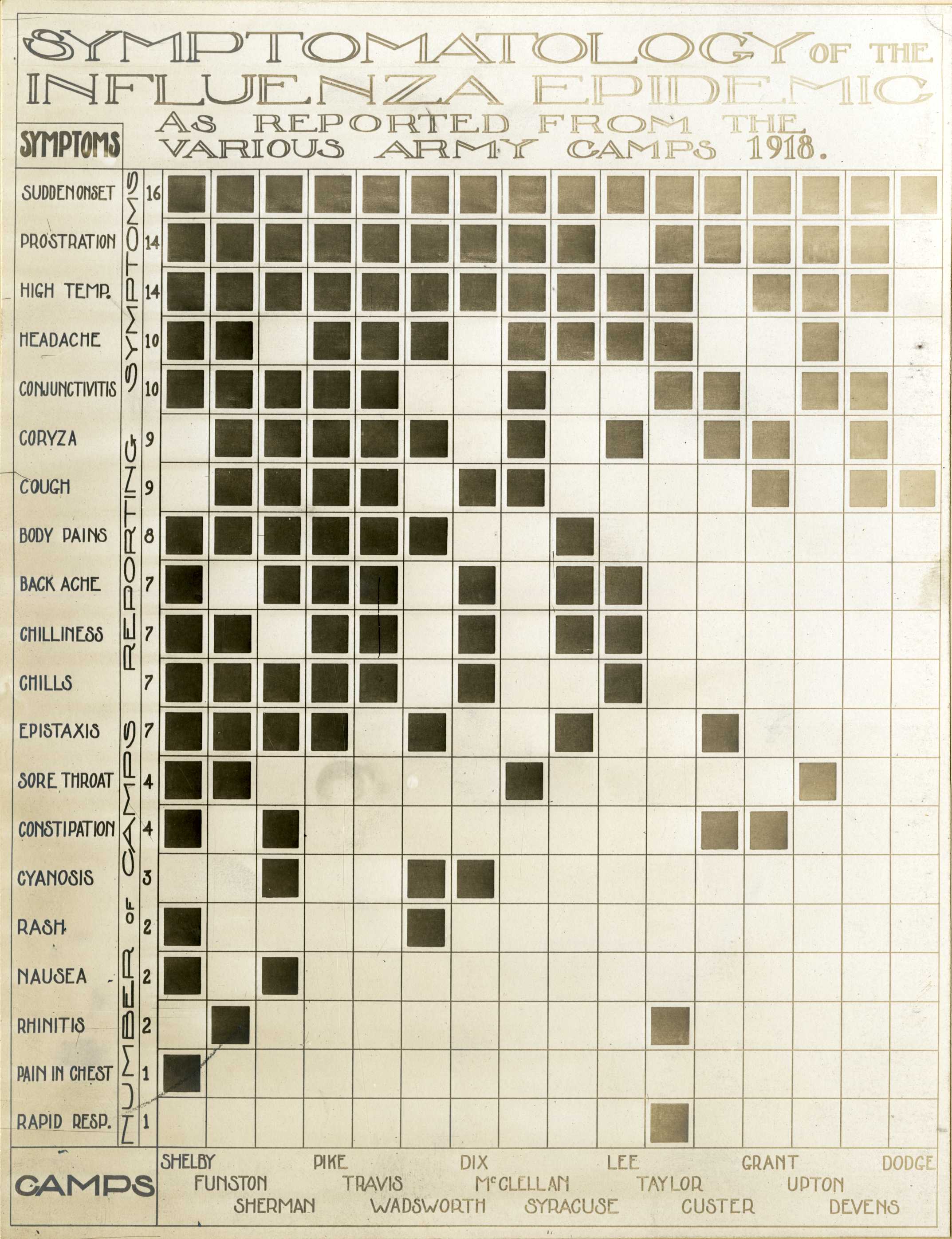
Photo from academic.microsoft.com
Background Environmental bacteria in outpatient healthcare facilities likely influence patient outcomes and recovery. The diversity and quantity of these bacterial communities are largely unknown. The purpose of this study was… Click to show full abstract
Background Environmental bacteria in outpatient healthcare facilities likely influence patient outcomes and recovery. The diversity and quantity of these bacterial communities are largely unknown. The purpose of this study was to compare viable bacteria found in general medicine (GenM) and pulmonary (PUL) units of an outpatient children's clinic. Methods Six locations (4 floor sites, counters, and air ducts) were sampled in rooms in the GenM and PUL units over a 6-month period. Sterile transport swabs were used to sample clinic sites, and then to inoculate selective and differential media for the detection of Clostridium difficile (Cdiff), methicillin-resistant Staphylococcus aureus (MRSA), Lac+ Gram negatives (GN), and Pseudomonas sp. and P. aeruginosa (PS & PSA). Results Bacterial presence in GenM and PUL units differed by species and location. GN bacteria were widespread in both units. Bacterial presence was greatest on the floors (GN, 72% to 85% of swabs in GenM and PUL, respectively), while counters had fewer positive swabs (GN, 23% to 38%), and swabs from return air ducts had little growth. Swabs from the PUL unit yielded higher levels of PSA growth than GenM unit swabs (13 % vs. 8%, respectively). MRSA was significantly higher on floors in GenM vs PUL (p 0.05), and GN was slightly higher on floors in GenM vs. PUL (p Conclusions Viable environmental bacterial species detected in these clinic units differed by unit and surface, ranging from not detectable to very high. Detection of Cdiff on 35% of floors in both units is concerning. Additionally, a 13% PSA rate on PUL unit floors may have implications for cystic fibrosis patients treated there.
Journal Title: American Journal of Infection Control
Year Published: 2020
Link to full text (if available)
Share on Social Media: Sign Up to like & get
recommendations!